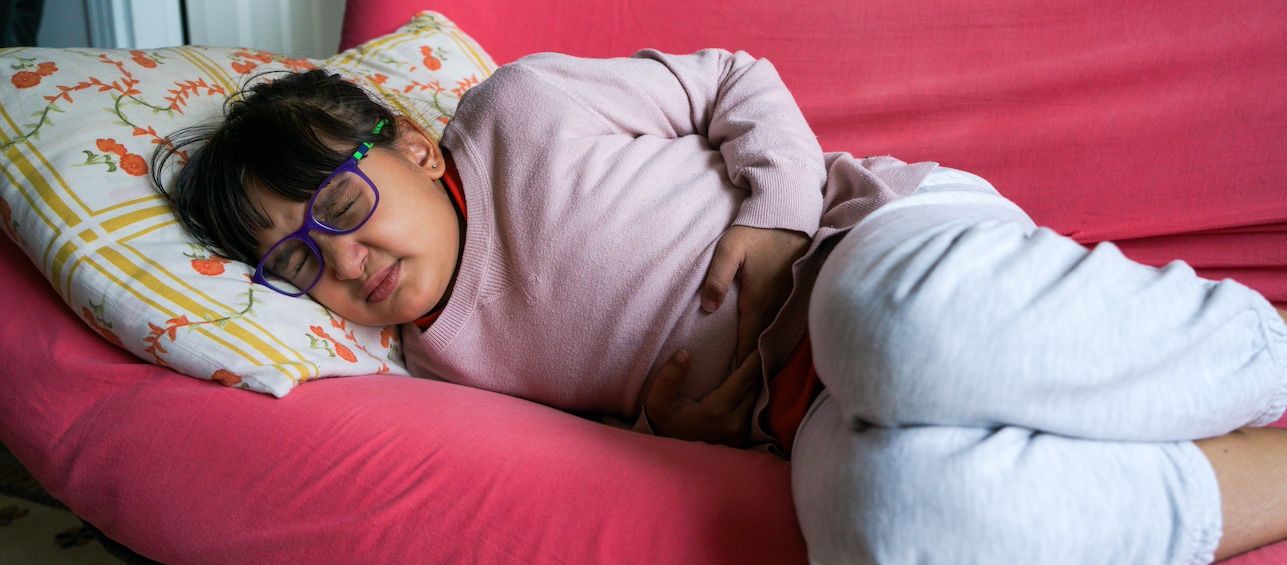Flu season 2010-11 is fast approaching and as part of our preparation for this year’s strains of influenza, we’re remembering lessons from last year’s H1N1 pandemic.
It was a flu season unlike any that we’ve seen before.
With H1N1, we were reminded that pregnant women are more profoundly affected by influenza than the general population, and that high-risk children carry a significantly increased risk of complications and hospitalizations.
The mean age of patients who died with flu last year was mid 30s, compared to normal flu years, when that mean age is mid 70s. A lot more kids had flu last year with three to four times the typical number of influenza-related hospitalizations at Cincinnati Children’s. And while the proportion of high-risk children admitted was the same as in years past, the sheer numbers amplified the scope of the situation significantly.
H1N1 pushed a lot of people to think differently. We learned not to waste time testing to determine whether a patient had seasonal flu or H1N1, because that would only delay treatment — a treatment that was the same for both types of flu.
As a community, we learned that we can deliver vaccines to schools and we can do drive-up clinics, administering the vaccines while families remain in their cars. But we also identified needs for improvement in communication, education and distribution of care. We learned that hysteria can spread quickly and false information can sometimes be taken as truth by a frightened community stirred into frenzy by panicky neighbors and an overzealous media.
Ultimately, only one thing really surprised us; we didn’t see the seasonal flu. H1N1 peaked in October and we expected to see winter flu after it, but never did. The absence of our usual winter influenza made for an out-of-the-ordinary season.
The influence of vaccine on the pandemic is currently a topic of much discussion as we begin administering flu shots for the 2010-11 season. I find it pretty amazing how quickly H1N1 vaccine development was jumpstarted last fall – within one month from the time the virus was first recognized, development began and vaccine was distributed within 7 months. Some say it was still too late, but it is impossible to know exactly what course the pandemic would have taken without it.
The experience also reminded us that reintroduction of a previously known flu can be as dangerous as never-before-seen types. In fact, the H1 from the 2009 virus was closely related to the H1 virus that killed between 50 million and 100 million mostly healthy people in 1918.
We had been waiting for the introduction of an entirely new type, such as the H5 of “bird flu” or other antigens that were being detected. But it was one with which we were already familiar that gave us a run for our money.
Since this year’s seasonal vaccinations have H1N1, H3N2 and B components, the medical community is still anticipating the introduction of an entirely new H type at some point. The next pandemic could still be around the corner.
This shouldn’t alarm people, it should serve as a reminder to vaccinate and control the spread of infection by washing hands often, sneezing into sleeves instead of hands and staying home if you’re sick.
Common sense, coupled with annual vaccines, goes a long way toward keeping families healthy during flu season. And as evidenced by last year’s flu season, we’ve come a long way since 1918 and can move quickly to do what’s necessary to care for children in the case of a pandemic.





Now that a new Winter season is approaching, I find this post very useful. I will be sharing it with my friends, especially as a reminder of the ‘small’ tasks such as washing hands and sneezing into sleeves. Thanks.